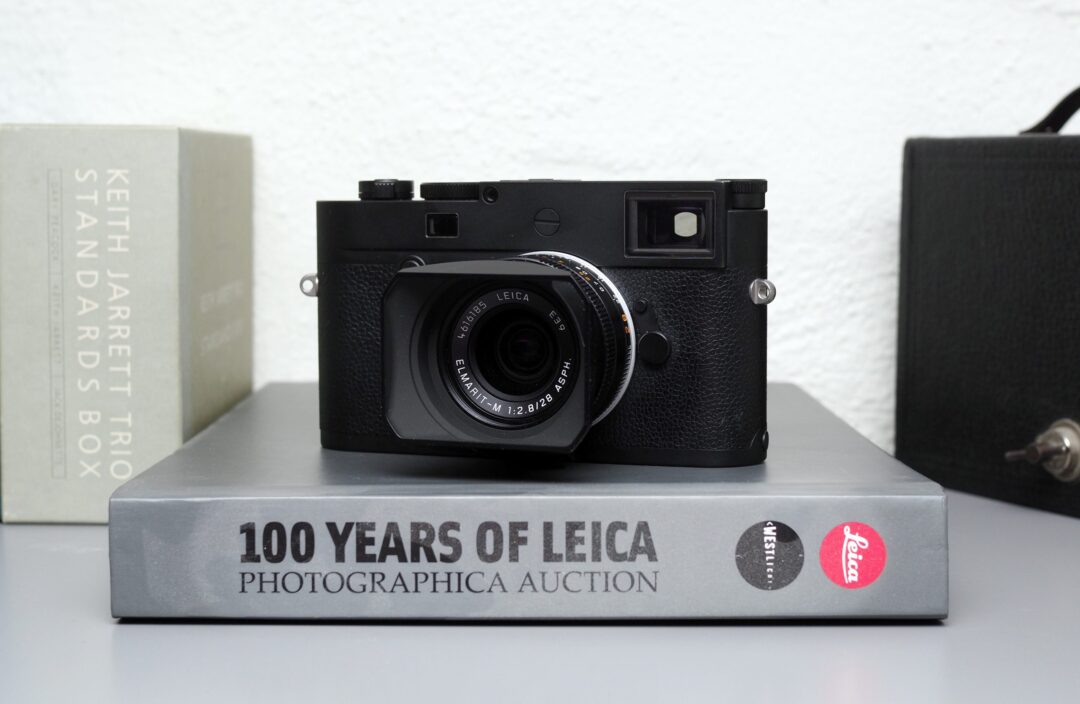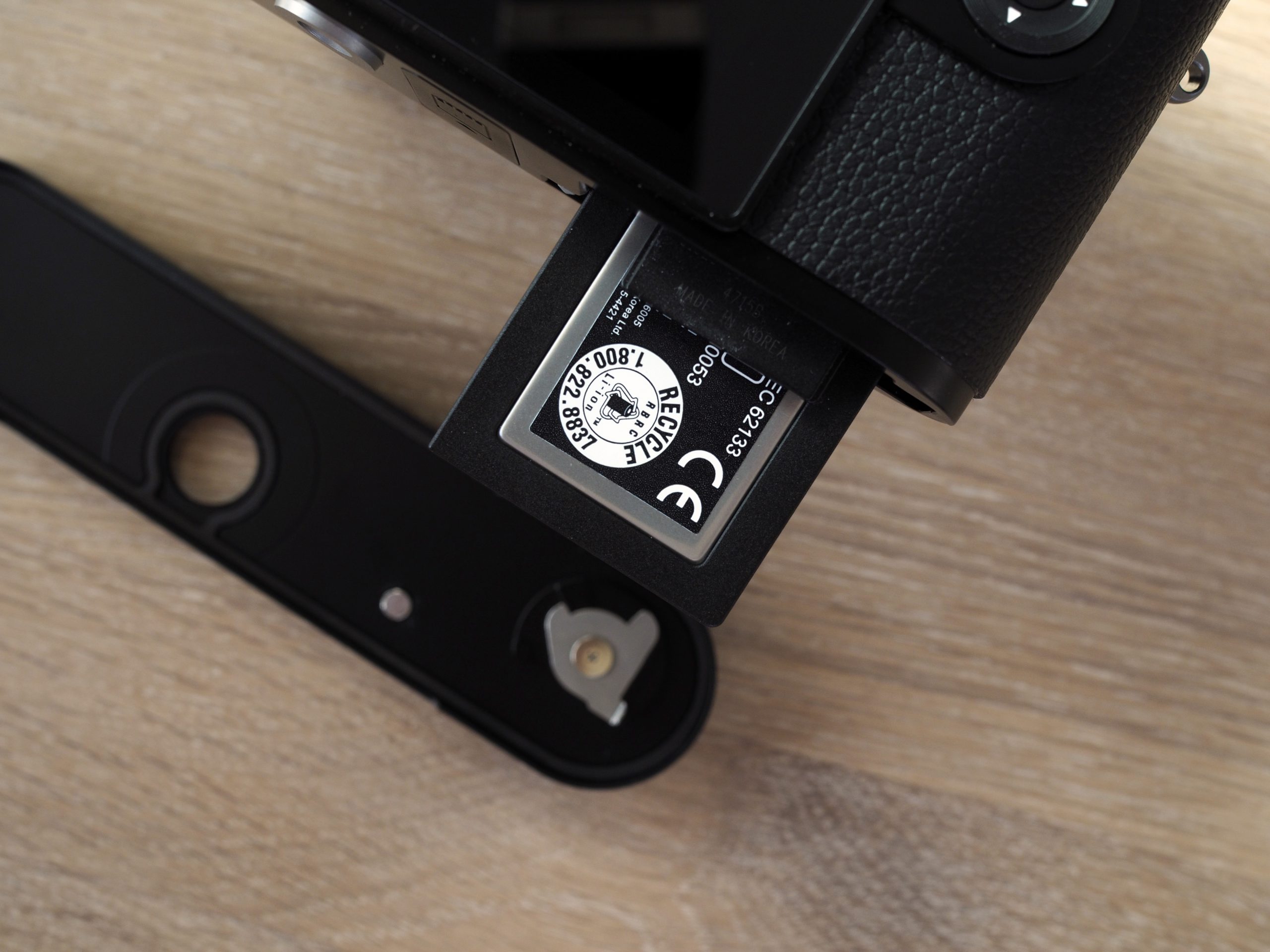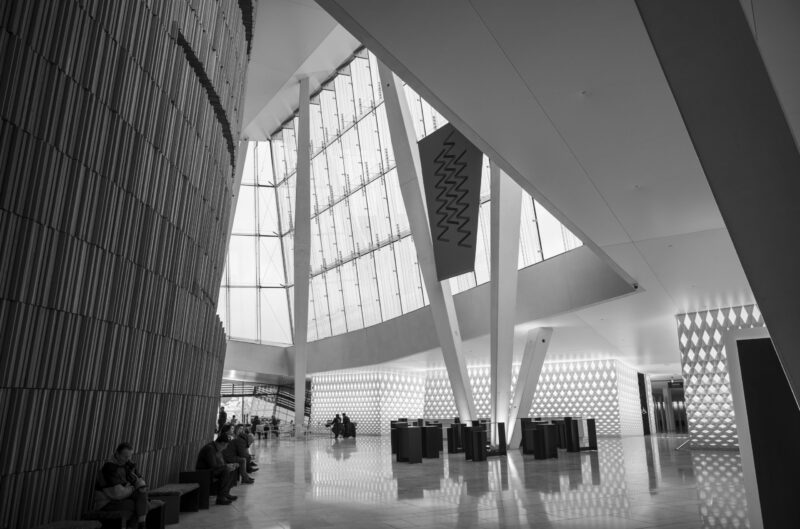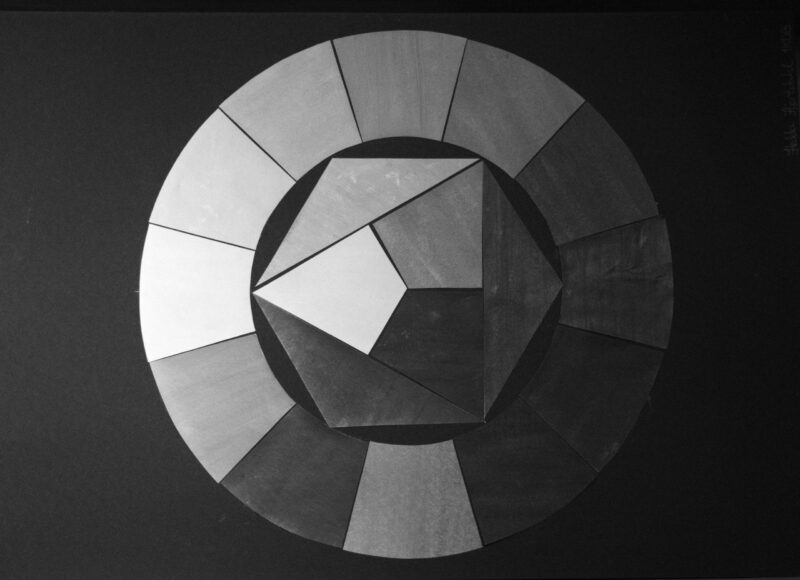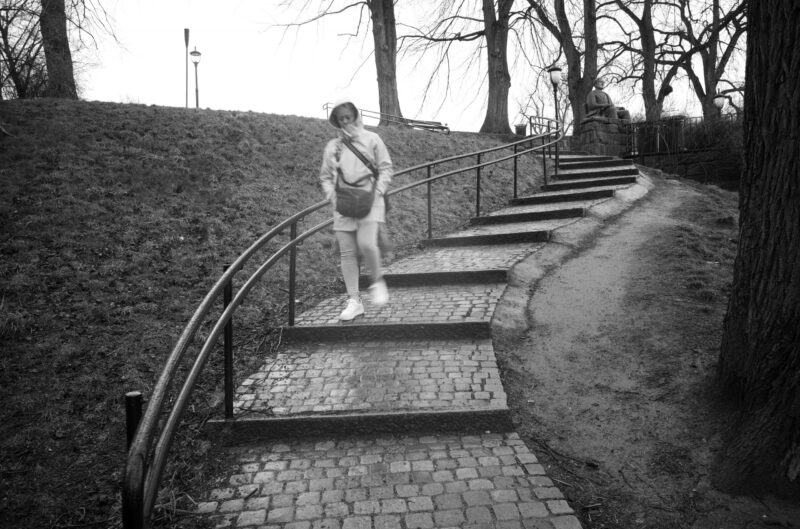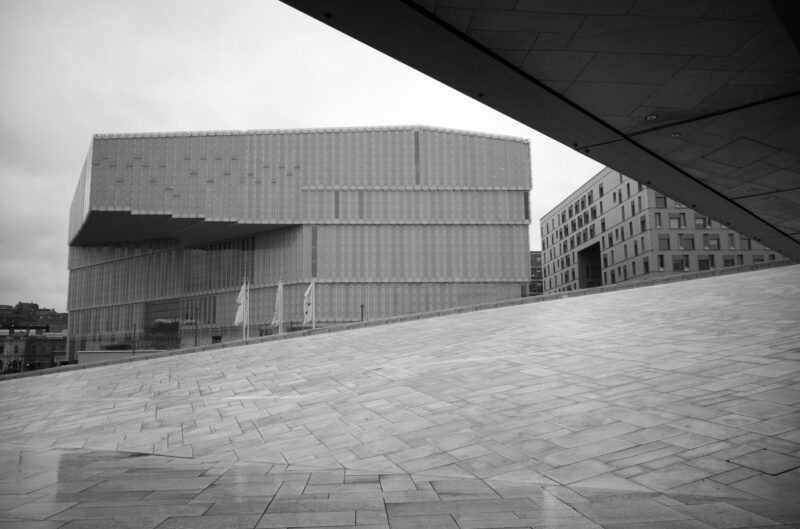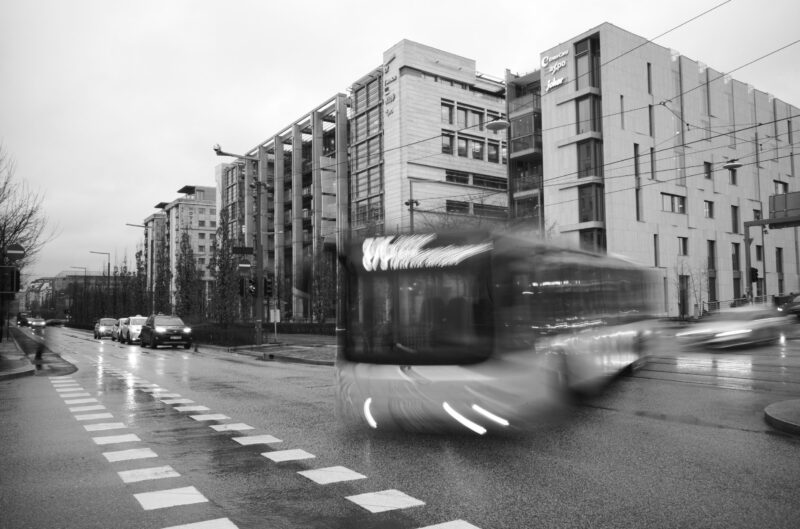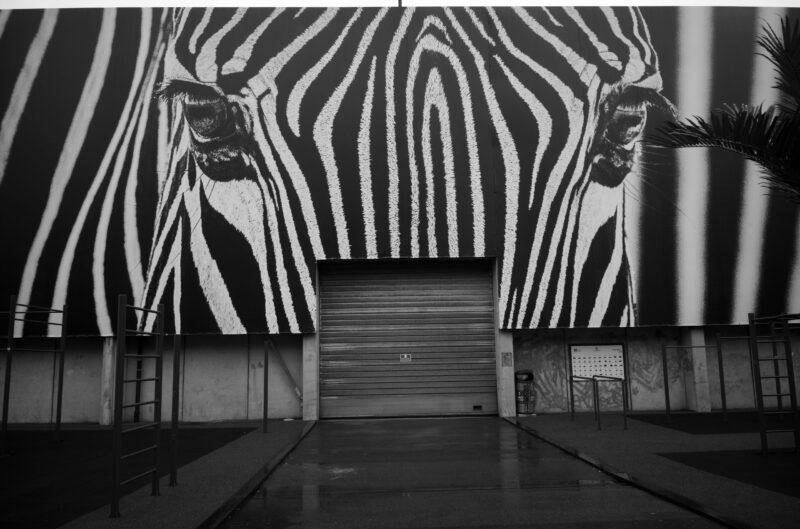If I told you to buy a camera that could not take color pictures, and in addition pay dearly for it, you would think it would have rattled me.
I’ll do it anyway. Hang on.
Questions keep popping up from readers who need help choosing. There can be many reasons why they need help, often it is because they have not tried any of the equipment they ask for themselves. We often have. Our database of camera tests is probably the largest in the Nordic region, and it is searchable.
Still, we get questions about help. But there is one question no one has asked us yet: Which is the best black and white camera?
The question is not really as stupid as it may sound. Although everyone can remove the colors from an image with two keystrokes, and be left with only a black and white copy, not everyone thinks it is the best way to create images in black and white.
If you are serious about expressing yourself with colorless images, there is actually a far better method than black and white conversion.
Namely a camera made only for black and white photography.
Monochrome
The idea is not new, and Leica has made cameras like this before and called them monochrome, since it only stores shades of gray. Like its ancestors, the M10 Monochrome can only store black and white. The camera’s photo sensors are no longer located behind a color filter, as they are not on the CMOS image chip in this camera.
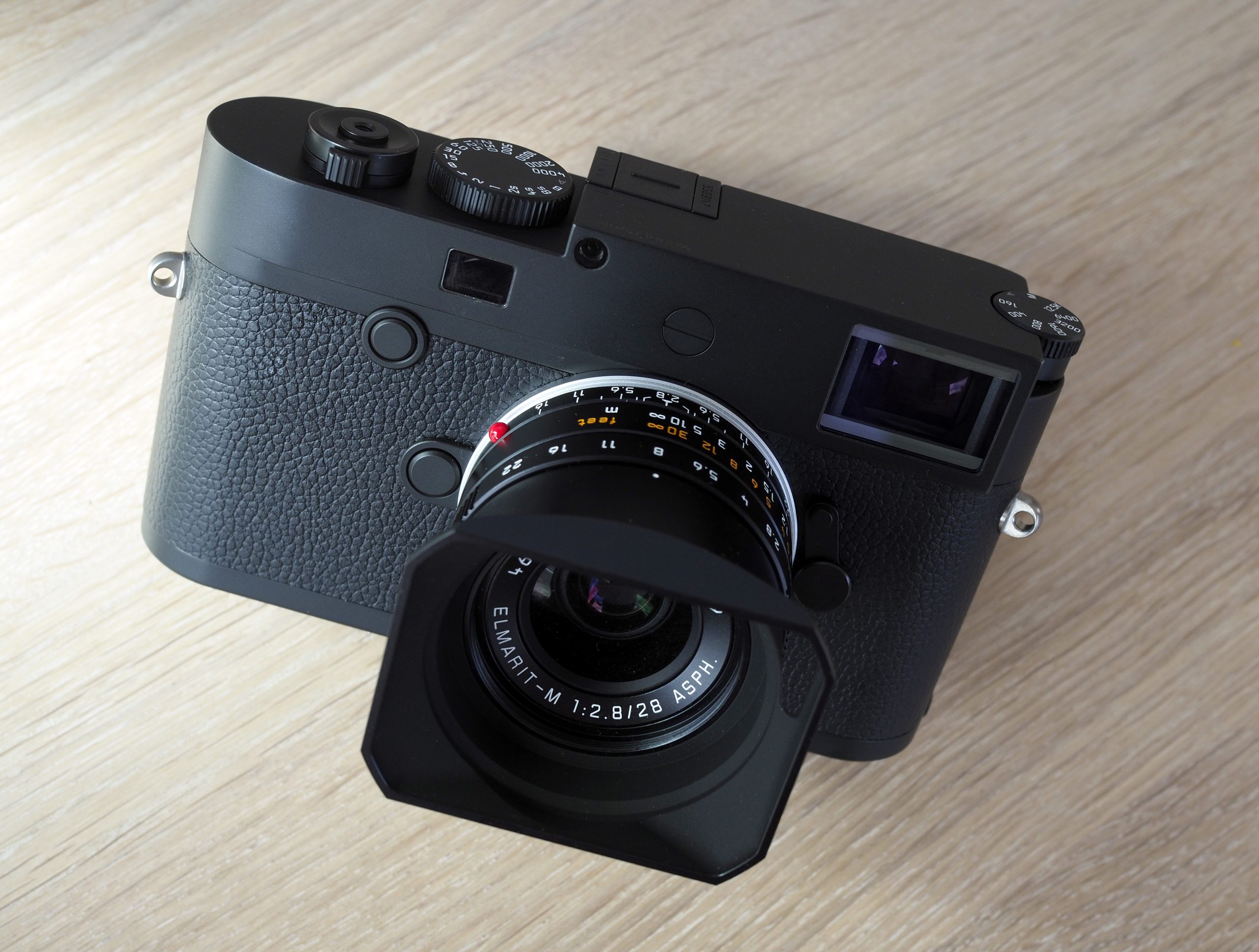
The slightly mysterious full-frame black and white chip with 24 x 36mm image area, has an unknown origin. Leica has not said much about it, but what we do know is that it does not have the usual Bayer-patterned color filter at all. There is also no UV filter in front, and when the image processing does not have to take into account the interpolation of the color sensors, things happen.
More light lets through. It both increases the sensitivity by up to one exposure step, and lowers the image noise. The light should also not pass through several transparent layers before it hits the photosensors, so you can achieve much better detail sharpness.
If you add that the black and white CMOS image chip replaces the predecessor’s 24 Mp by 40 Mp, you can also check for better resolution and sharper details.
Frame finder
The camera body is otherwise quite identical to a Leica M10, with a color filter on the image chip. You get live view from a touch screen with medium contrast and resolution, there are almost no buttons on the camera. At least not compared to regular digital cameras. Truth be told, not much has really happened to the ergonomics of Leica’s M cameras since the 1953 M3.
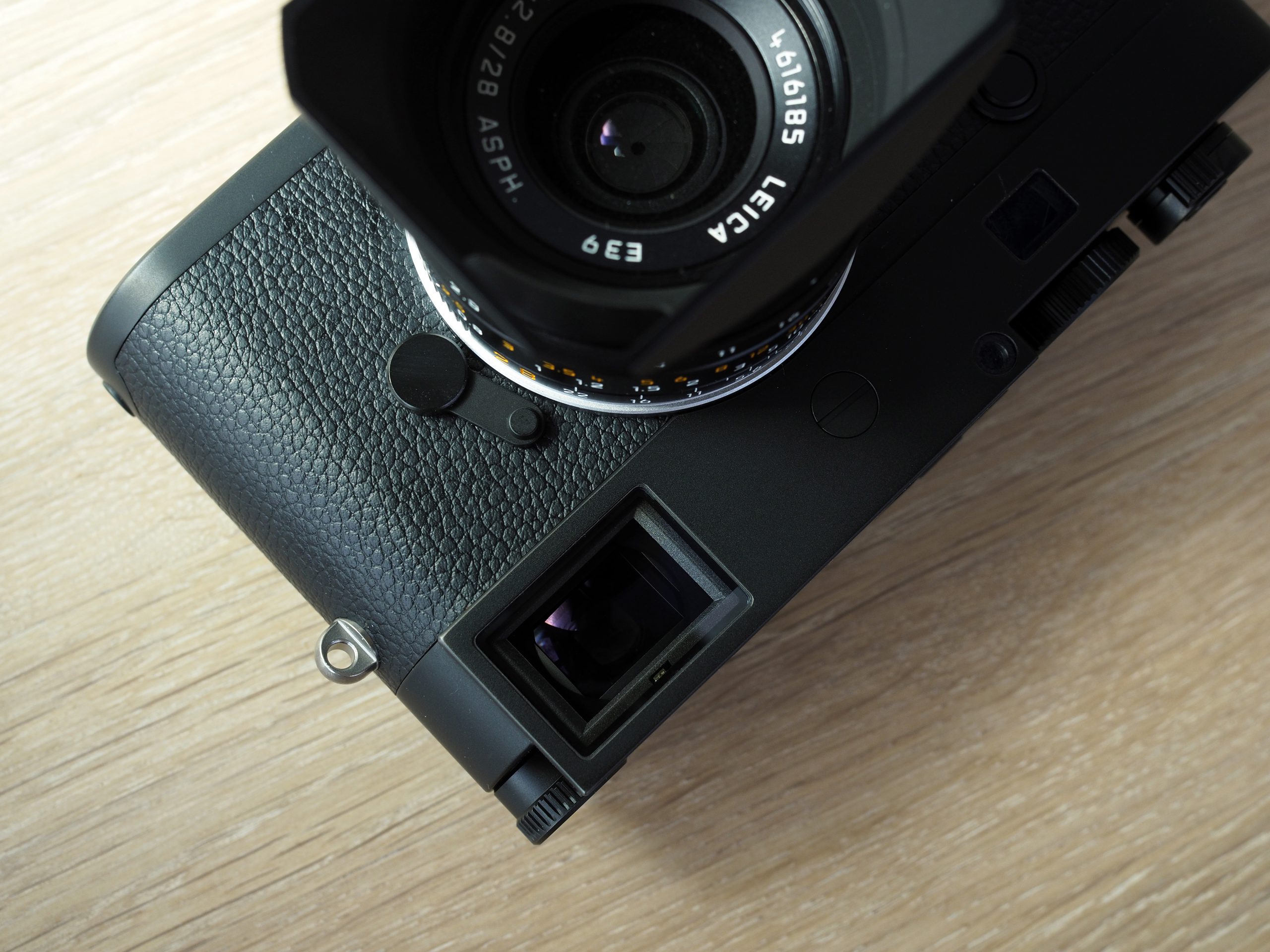
The classic frame finder has markings for 28, 35, 50, 75, 90 and 135mm focal lengths, but note that longer focal lengths give a smaller viewfinder image, since the frame finder does not have optical zoom. You can use live view, which shows the entire section regardless of the lens, and the touch screen can also be used to show the status of selected settings, focus marking, grid, and other information. It can also act as a status screen when using the viewfinder.
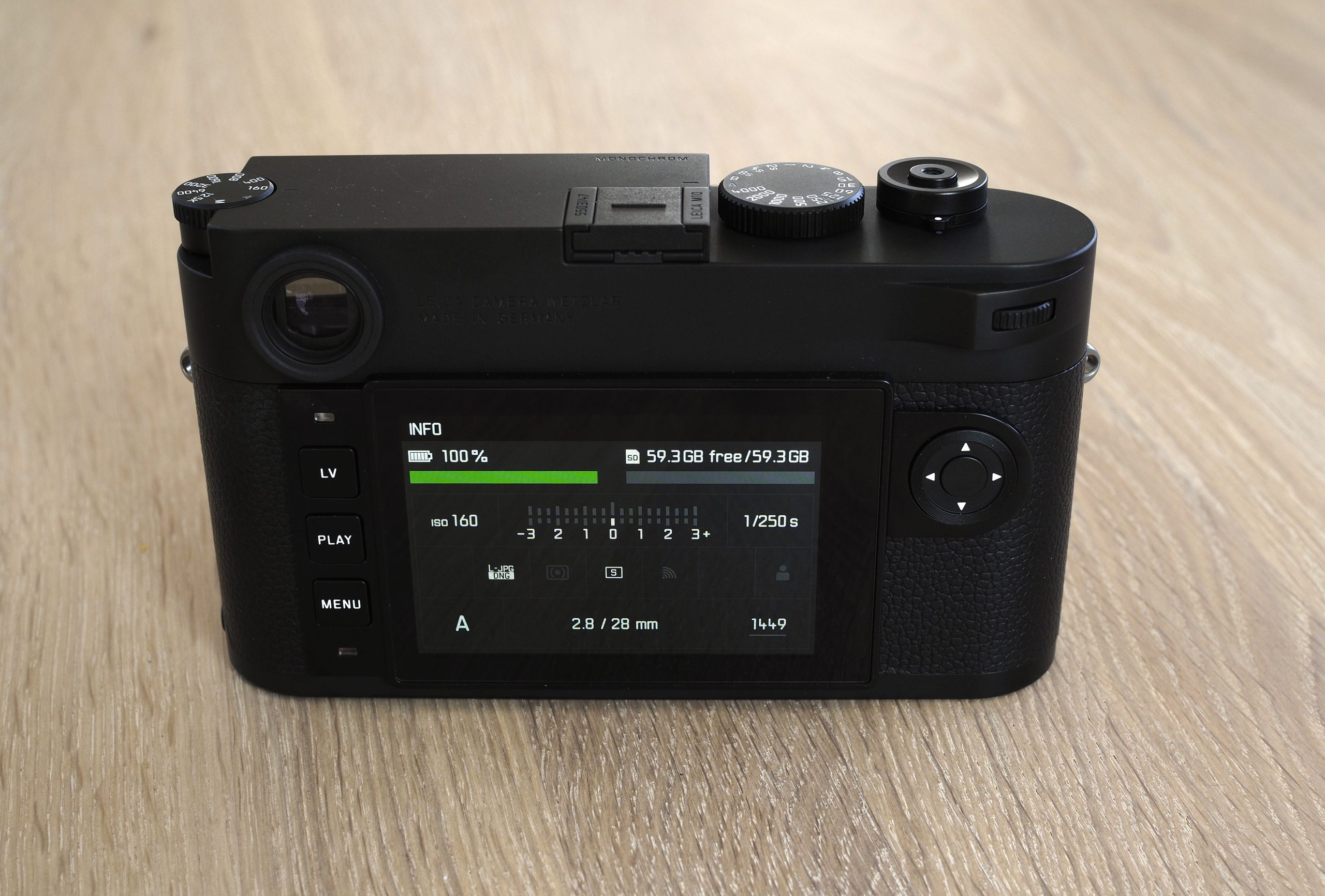
Manual focus
Otherwise, the M10 Monochrome is a very easy camera to use. Well worth noting if you master manual focus, with split image and frame viewfinder. The M-cameras do not have autofocus, so you have to learn how, and the only thing that helps is practice. With a wide angle such as a Summicron 28 / 2.8, you can use the hyperfocal distance to set the focus within a depth of field to a selected aperture value. It is really well described in the instructions for use, but is in short about using the scale on the lens to set the hyperfocal distance.
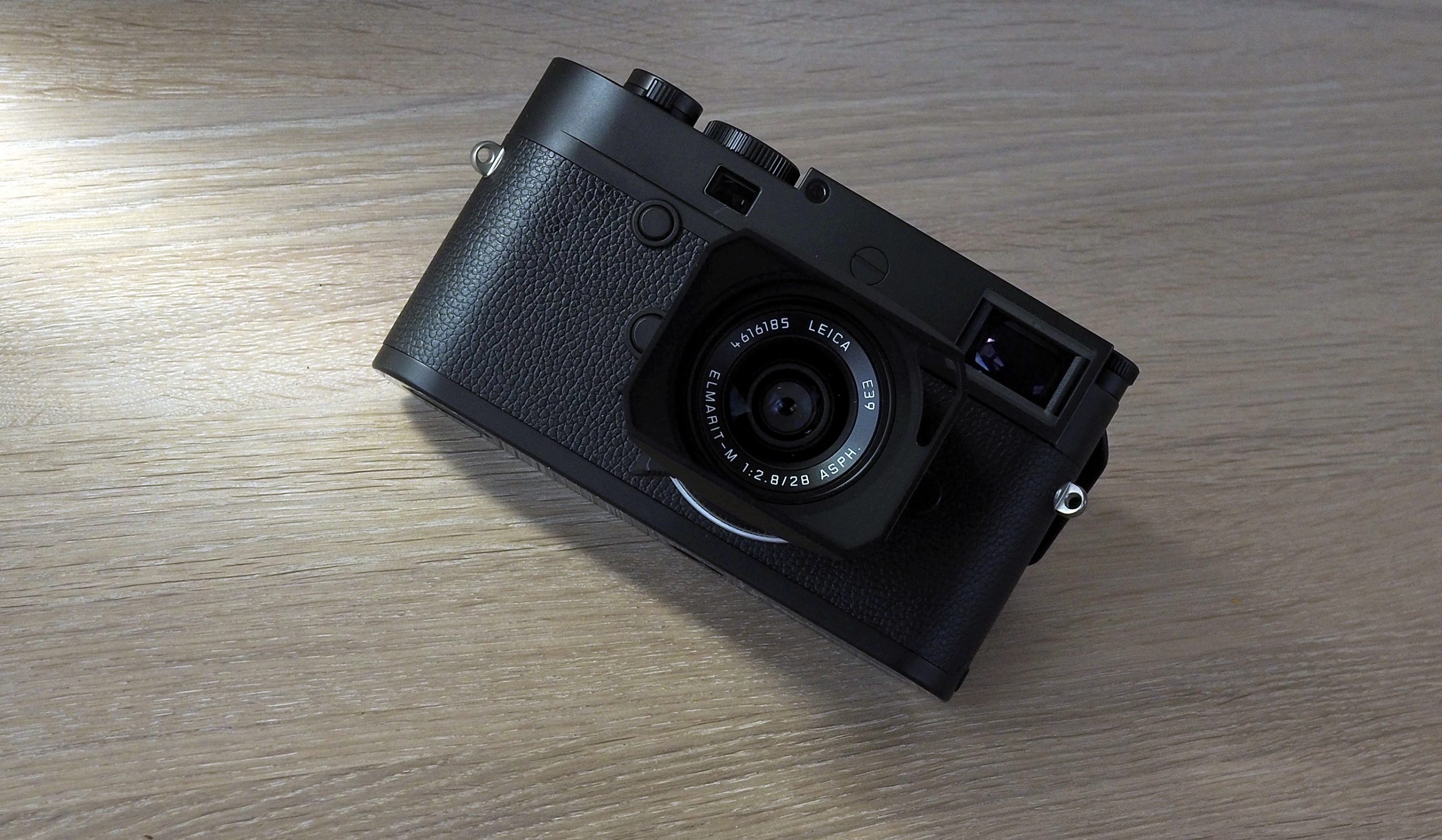
Ergonomics
There is an optional handle, but I have never had a problem using a Leica without it. It is easy to handle, and if you have learned to focus precisely, the rest of the process is just about thinking composition, metering, and shooting.
You can set the ISO values on the wheel on the left manually up to 12500 ISO, everything above must be set from the on-screen menu, but you can let the camera select ISO automatically. The shutter speeds can also be automatic. Up to 1 / 4000s, while aperture value is selected manually on the lens aperture ring.
Light metering must be included in the fortunately short menus, to change between center-weighted, multi-segment and spot metering. The same applies to continuous shooting, up to 4.5 frames / s to 10-frame bursts.
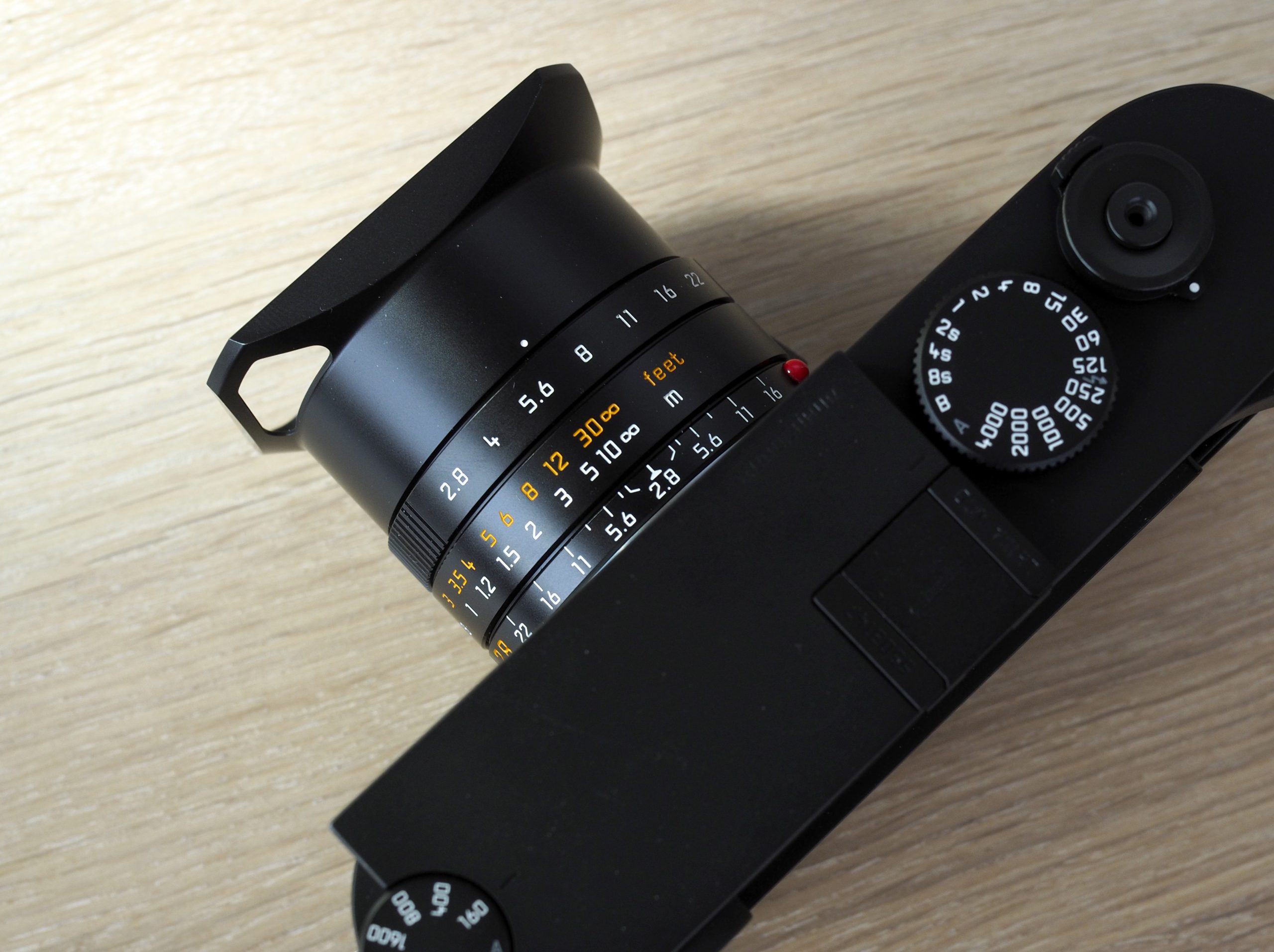
If you use the status display on the screen, you can activate the pointing function by pressing the center button and change settings with your finger. The rear adjustment wheel can be used for exposure compensation, or to scroll through the menus.
In front there is a lever that changes the view in the viewfinder, and to the right of the lens there is a button that activates focus assistance.
Black and white images
Colors are descriptive, black and white are interpretations, Elliot Erwitt is said to have said. The renowned photographer who is best known for his black and white photos, often taken with Leica, also photographed in color. “I have used black and white mostly for my own pleasure, while color pictures are something I did for clients, commercially and journalistically,” Erwitt said in an interview with The New York Times in 2013. By the way, Erwitt preferred to shoot with film.
You do not need it here to get black and white images.
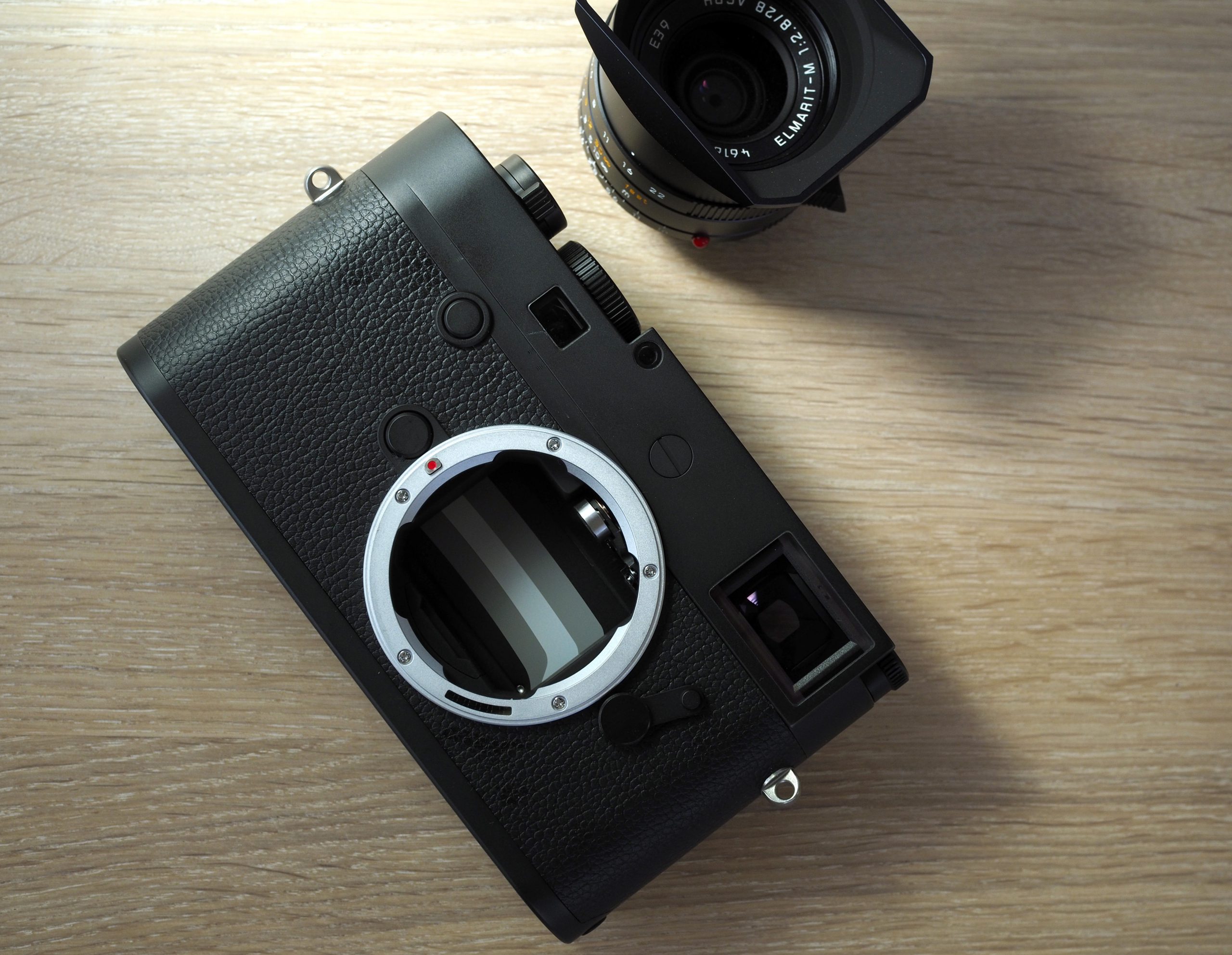
There is something about the expression in many black and white images, which makes you look at the images differently. When the colors are stripped away, the expression becomes rawer, more nude and the gray tones create images that you may look extra good at. The colors no longer interfere.
The pictures from M10 Monochrome are at least worth looking at for a long time. I have not seen so little noise at high ISO values. There is image noise at 12500 ISO, but it is very fine-grained and you have to zoom in well on the image to notice it. The sharpness is well preserved even at high ISO values, but it is at its sharpest between 160 and 3200 ISO, and with sweet spot between 160 and 1200-1600 ISO.
The 14-bit large DNG files give you a lot to go on in finishing, and you have plenty of dynamics to play with. Center-weighted light metering can give slightly underexposed images, about half a step, but this is easily corrected regardless of whether it is DNG or jpeg files.
The sharpness is formidable and better than on its predecessor with 24 Mp black and white image chip. Details are better defined on the image files from the M10 Monochrome, and sharpening of the images is hardly necessary. It simply looks amazing.
The battery cover is the entire base plate.
Conclusion
There is no doubt that a camera that can only take black and white photos is of particular interest. The few who can be tempted by a monochrome camera will probably do as Elliot Erwitt, photograph in color when they have to, and photograph in black and white when they want. Then the M10 Monochrome is the – only – obvious choice, since only Leica dares to make a dedicated black and white camera. A camera that will give you images with greater sharpness, finer tone range and close to zero image noise, without having to go through image processing to convert color images to black and white.

We think
Sharp image files with beautiful shades of gray. Large frame viewfinder, DNG files, discreet shutter sound. Practically a manual camera with a high price. No video.
8500 €
Specifications
- Type: 40 Mp system camera with full-frame image sensor
- Optics: Leica M
- Viewfinder: Optical frame viewfinder 0.73x
- Screen: 7.6 cm LCD, 1 Mp
- Continuous shooting: 4.5 frames / s
- Video: No.
- Connections: No.
- Wireless: Wi-fi
- Storage: SD / SDHC / SDXC
- Battery: 1100 mAh
- Dimensions / weight: 139 x 38.5 x 80 mm / 675 g
- Highlights: Manual focus, flash shoe, 160-100,000 ISO, Live View, focus peaking, touch screen.
